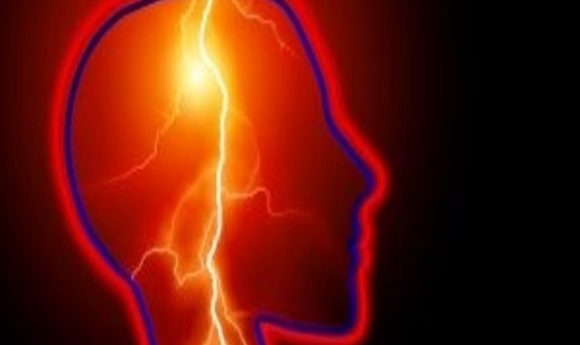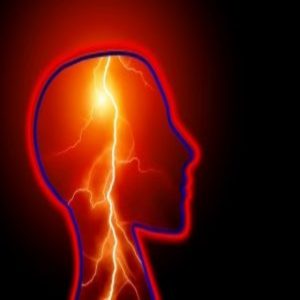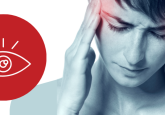Lighting up the brain during a migraine

A neural pathway from the retina to the hypothalamus may cause the strong aversion to light typical of migraine attacks.

Millions of Americans suffer from migraine headaches every year, and this is one of the leading causes of loss of productivity in the workplace. One of the most well-known symptoms of migraine attacks is a strong aversion to light, also known as photophobia. Photophobia drives patients to seek the comfort of dark, enclosed spaces, preventing them from performing even ordinary, day-to-do activities like showering, eating, or socializing.
While it is widely believed that photophobia is caused by light intensifying the pain a patient experiences, a new study in PNAS demonstrates that the effect of light on the physiology of migraine patients may be much more complex than previously imagined. In this study, Rami Burstein and colleagues use both preclinical and clinical approaches to investigate the neuronal pathways that underlie photophobia.
“We noticed that there were patients whose headache intensity did not increase when they were exposed to light, yet they found light very aversive,” said Burstein.
The team began their study by exposing migraine patients and healthy controls to different wavelengths and intensities of light, and then carefully documenting the symptoms experienced by each individual. They found that patients suffering from an acute migraine attack experienced a multitude of uncomfortable physiological symptoms during exposure to light, including a feeling of tightness in the chest, shortness of breath, dizziness, and nausea. Interestingly, light did not induce these symptoms either in migraine patients who were not in the middle of an attack or in healthy individuals with no history of migraine.
Since several of these responses are generally associated with the control of autonomic functions by the hypothalamus, the researchers next decided to ask whether there are direct neuronal inputs from the eye to the hypothalamus that could explain these findings. For this, the scientists turned to a rodent model system that allows direct visualization of neuronal connections between different parts of the brain.
The researchers first injected a virus expressing a fluorescent protein into the retinas of experimental rats, marking all of the neural projections going from the retina into the brain. Next, they injected a fluorescent dye into specific nuclei in the brainstem and spinal cord that control the autonomic functions that were dysregulated in migraine patients. The regions where both of the fluorescent markers were present could be considered as the point of relay for this information.
Indeed, the results showed that there were several retinal projections that synapsed onto neurons in the hypothalamus, which in turn projected to the brainstem and spinal cord. Further experiments showed that the neurons receiving inputs from the retina also expressed a variety of neurotransmitters, including dopamine, histamine, orexin, vasopressin, and oxytocin.
Burstein believes that these results may suggest strategies to eliminate the symptoms of photophobia in migraine patients. “We think that if we can eliminate the sensitivity to light, they should be able to maintain normal daily functioning,” he said.
